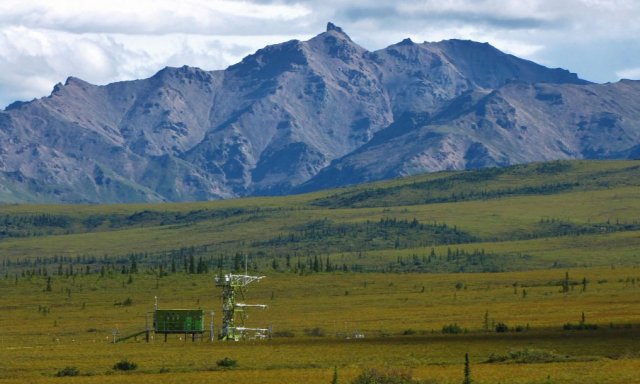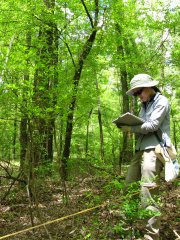Newsroom
The Boulder-based National Ecological Observatory Network (NEON) is a major facility funded by the U.S. National Science Foundation and operated by Battelle. NEON provides open access ecological data collected from 81 field sites across the United States, which enable users to understand and investigate environmental change on regional and continental scales. As a continental Observatory, NEON supports a large and diverse group of organizations and individuals. All NEON data and information products are freely and openly available to scientists, educators, students, decision makers, and the public.
In the media
What's going on with NEON?



get in touch
Media Inquiries
Katy Delaney | Director, Media Relations
E-mail: delaneyk@battelle.org | Phone: 614-424-7208
Connect with NEON
Video and Social Media
Learn through NEON Videos!
Visit the NEONScience YouTube page.
Stay in the know
Newsletter & Press Releases


Fast Facts about Battelle and the NEON Program:
- Battelle was selected in 2016 by the U.S. National Science Foundation (NSF) to complete the construction, commissioning, and initial operations for NEON.
- Since 2016, the NEON program, with Battelle’s management support and resources, has gotten back on budget and schedule, allowing program scientists to focus on advancing ecology, in partnership with the broader ecological community.
- In Spring 2019, Battelle celebrated the end of construction of NEON field sites.
- The NEON program, and everyone affiliated with it, exists to deliver the best data products, in the most efficient way, for the scientific community.
- Battelle is committed to ongoing collaboration with the ecological community to guide the success of the NEON program.
- In June 2020, the NSF issued an extension of the award to continue Battelle management of the NEON program through January 2023, and another through October 2023.
- In September 2023, the NSF awarded Battelle the operations and management of the NEON program through a new 5-year cooperative agreement. The award will be for November 2023 - October 2028.
About Battelle
- Battelle, founded in 1929 and headquartered in Columbus, Ohio, is an independent, nonprofit, research and development organization that serves the national security, health and energy and environmental industries.
- At major technology centers and national laboratories around the world, Battelle employees—we call them solvers—conduct research and development, design and manufacture products, and deliver critical services for government and commercial customers.